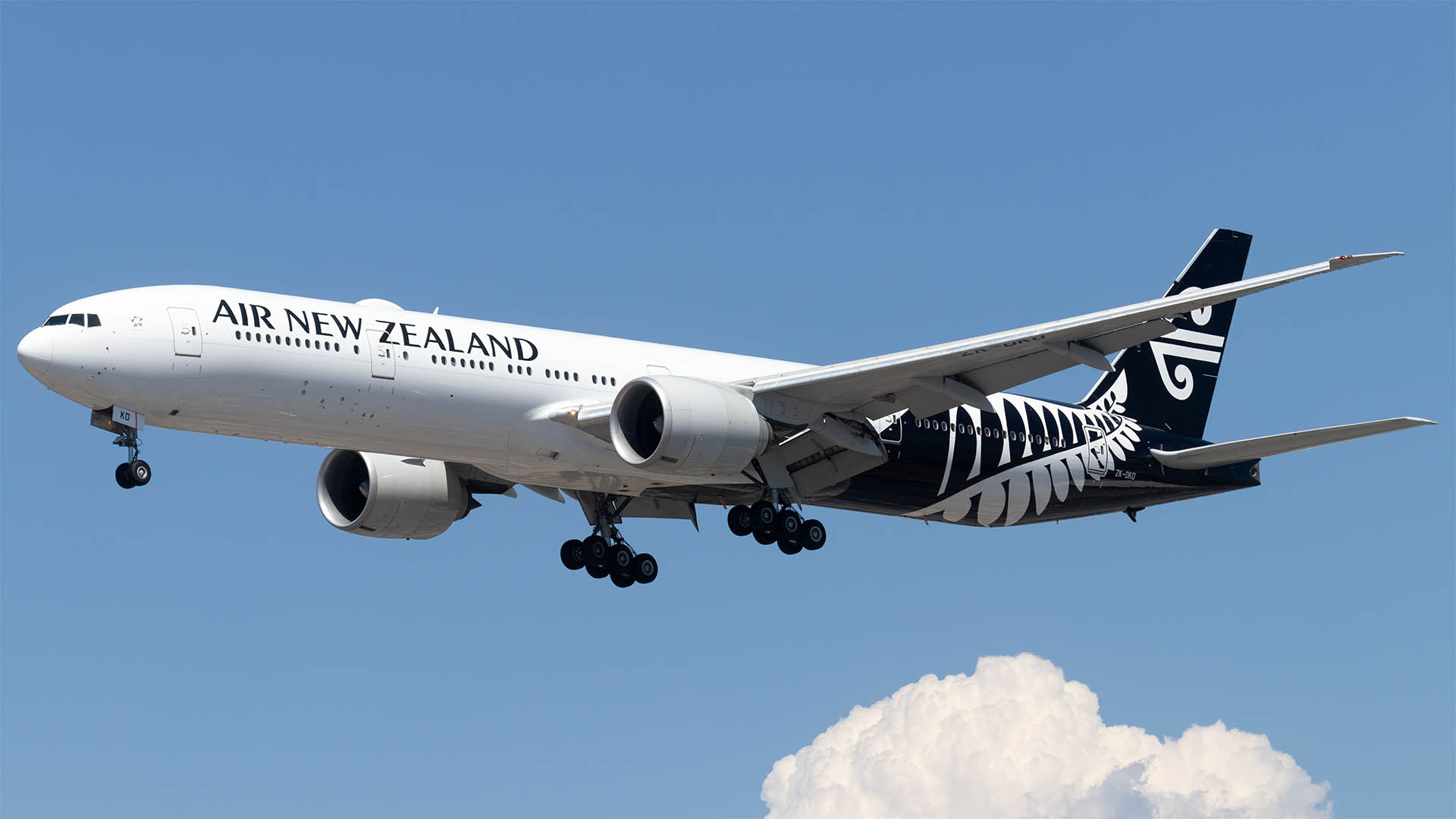There was nothing really outstanding in the interim profit announcement yesterday from Wesfarmers.
Like Telstra, the diversified industrial did what it has been telling the market since last August: it reported lower earnings and forecast that the full year figures would also be lower than the net figure of $869 million recorded in 2006.
The reason? Lower coking coal prices.
So why then did shareholders react to the result so strongly, sell the shares off madly till they were down $1.10 at one stage before they came back yesterday afternoon to close in the red but with the day’s losses just about halved?
Not even a 20c a share rise in interim dividend to 85c could help keep the bears sweet early on
It would seem not many in the market took time to reacquaint themselves with previous statements at the time of the 2006 annual profit announcement and the AGM when management and the board made it clear that lower export coking coal prices would impact the company’s Curragh mine in Queensland and the group as a whole.
What the knee jerk reaction did miss is the strong performance in its hardware business, Bunnings, where earnings rose sharply, despite a sluggish building industry in its biggest markets of NSW and Victoria.
Group EBITDA was only down 4.7 per cent at $790.6 million but after tax it was off 12.3 per cent at $391.9 million for the December first half-year, compared to the $446.7 million of the first behalf of the 2006 financial year.
The result included a pre-tax profit of $24.9 million on the sale of non-current assets, compared with $1.1 million in the same period last year.
Earnings before interest and tax (EBIT) across the group were off 13.3 per cent at $612.9 million ($707.1 million).
CEO, Richard Goyder said it had been a good six months for the majority of its operating divisions but coal division earnings were down due to lower export prices and higher costs, as forecast.
“We said in the 2006 full year profit announcement that lower export coal prices and cost pressures would have a negative impact on profit in 2007,” Mr Goyder said.
“But our main coal asset, the Curragh mine in Queensland, achieved a 23 per cent increase in metallurgical coal sales and the Curragh North project remains on track for completion within budget.”
The coal division revenues fell 6.6 per cent to $587.4 million, from the $629.1 million of the first half of 2006 and earnings before interest and tax (EBIT) for the coal division fell 47.1 per cent to $168.1 million.
“The highlight of the half year was an excellent performance by Bunnings which delivered a 22.1 per cent increase in earnings over the same period last year, with very strong sales,” Mr Goyder said.
The Bunnings building ware business delivered an 11.5 per cent increase in revenue to $2.47 billion, while EBIT increased by 22.1 per cent to $269.7 million.
In dollar terms, Bunnings’ EBIT rose by almost $49 million.
Wesfarmers said the outlook was for continued retail sales growth and steady trade sales improvement.
But “given the strong second half trading performance of the business last year, comparative growth rates may be difficult to maintain at current levels in the second half.
That’s a warning for shareholders not to expect a similar performance from the company’s most important division.
And if you think about the sharp improvement at Bunnings, even if it was from a depressed level of activity in the first half of 2006, does add to the feeling that the retailing climate has been going very well for most in the sector (as we saw with The Reject Shop, David Jones and Noni-B on Wednesday).
Wesfarmers’ said its insurance division delivered gross written premium (GWP) of $546 million and EBIT of $60.1 million for the half compared with the previous corresponding period’s $503.3 million in GWP and EBIT of $63.5 million. As the result included the contribution from the newly acquired OAMPS Ltd from November 1, the overall figures are probably a little better than they seem.
And that would then explain the commentary that insurance “was experiencing continued margin and growth pressure” despite continuing to generate reasonable returns.
The energy division (not coal) saw a 20 per cent rise in revenue to $222.4 million for the half compared with the previous corresponding period’s $185.4 million with earnings rising nicely to an EBIT of $38.1 million, from $25.5 million.
The company said its “net debt to equity ratio as at 31 December 2006 was 84.2 per cent, up from 46.1 per cent at 30 June 2006, due largely to higher borrowings to fund acquisitions and the capital expenditure program. The rolling 12-month cash interest cover was 13.9 times, well above the group’s minimum benchmark. Capital expenditure for the first half was $317.1 million.”
Around the time of the 2006 result being released analysts were speculating on an issue or some other form of capital raising to reduce debt and the debt to equity ratio but the company opted to restart its suspended Dividend Reinvestment program which will be fully underwritten.
With a strong small shareholder base in WA, the take up of the DRP should be interesting.












